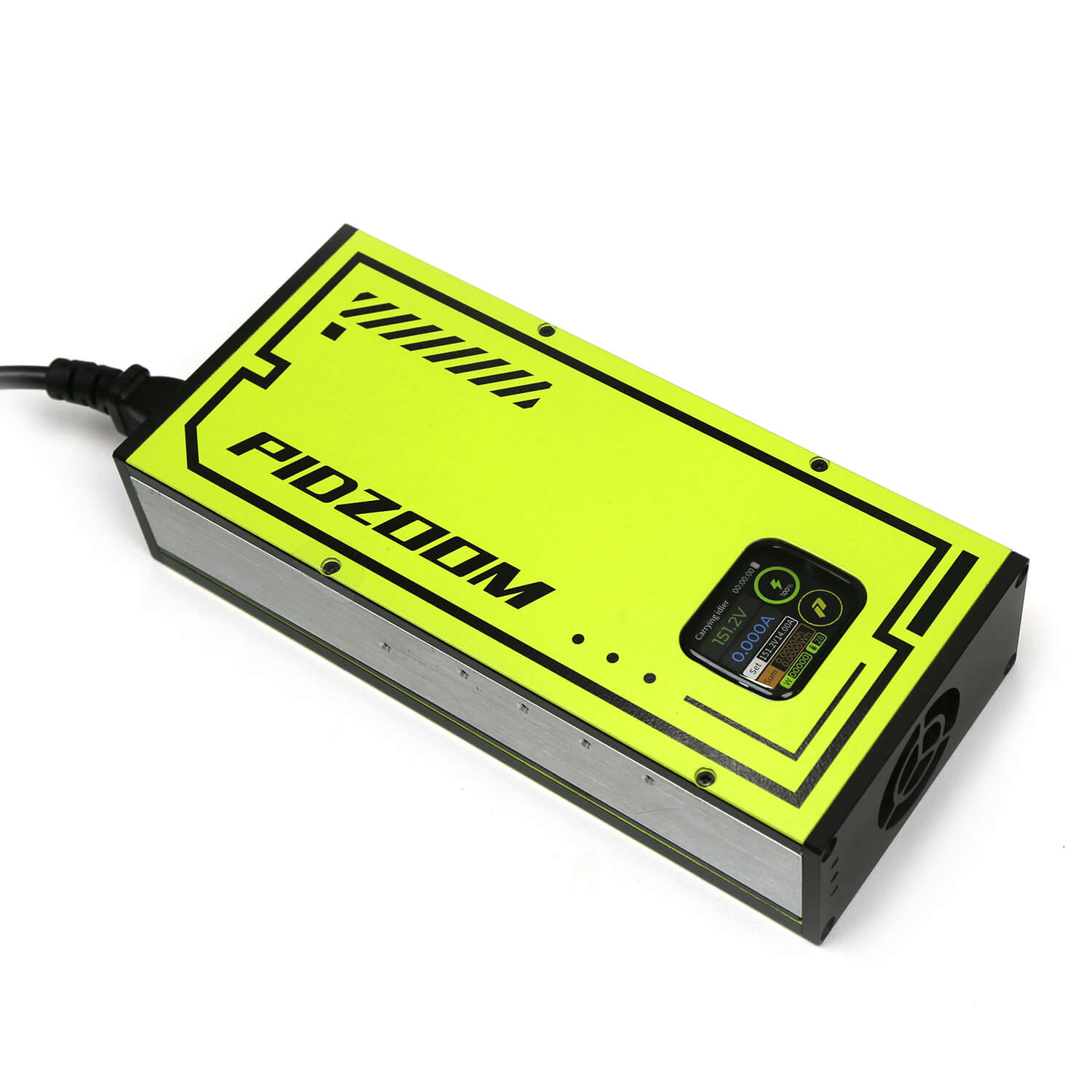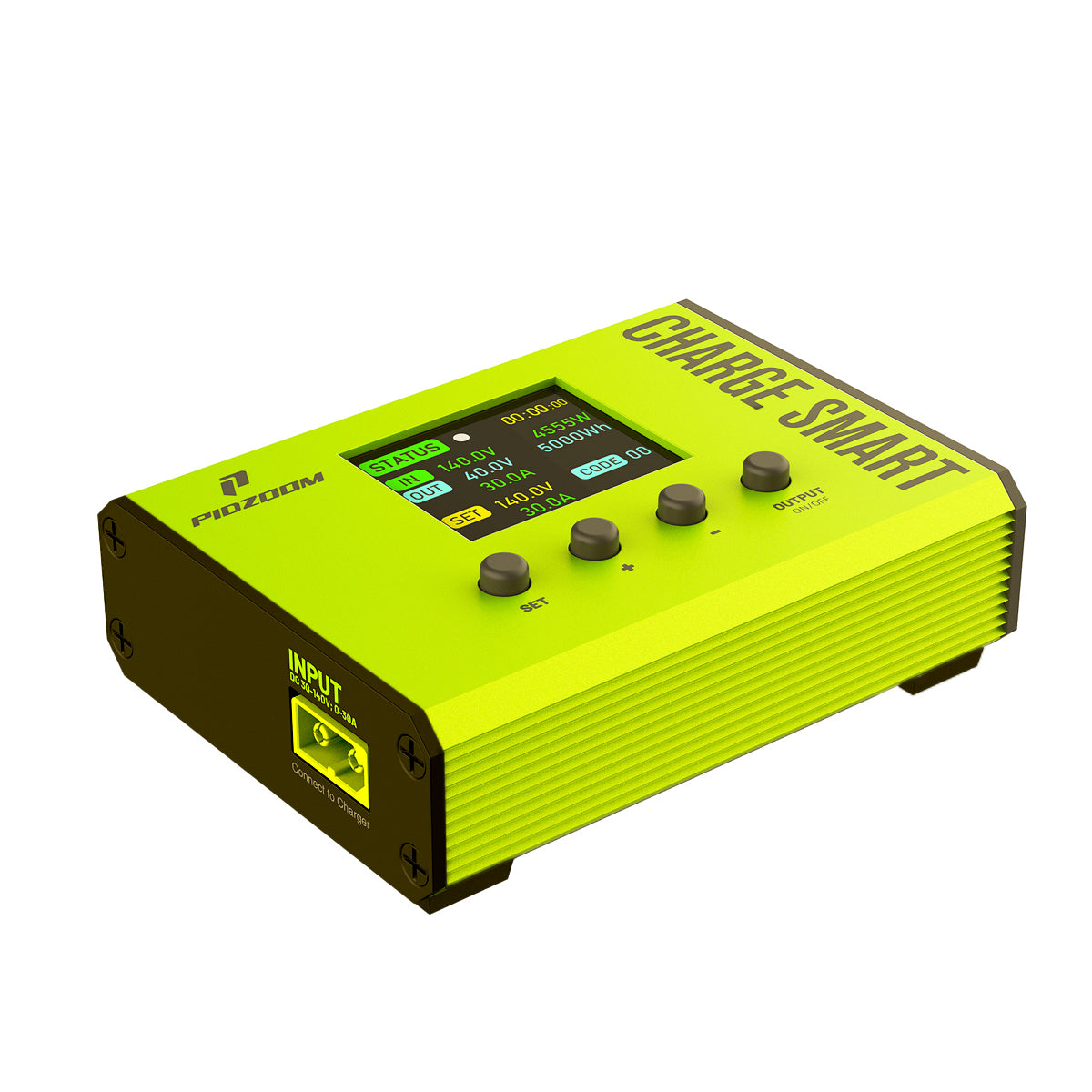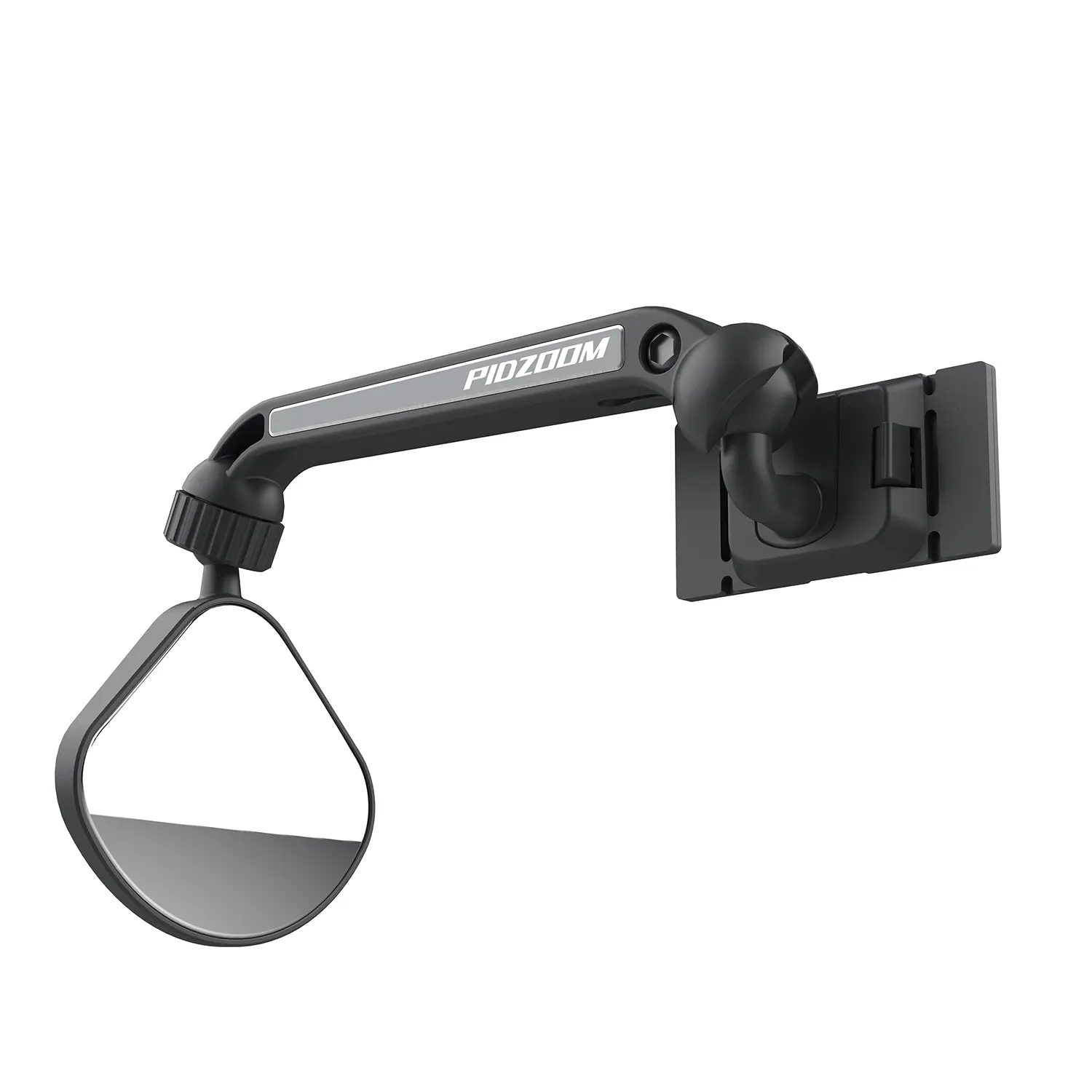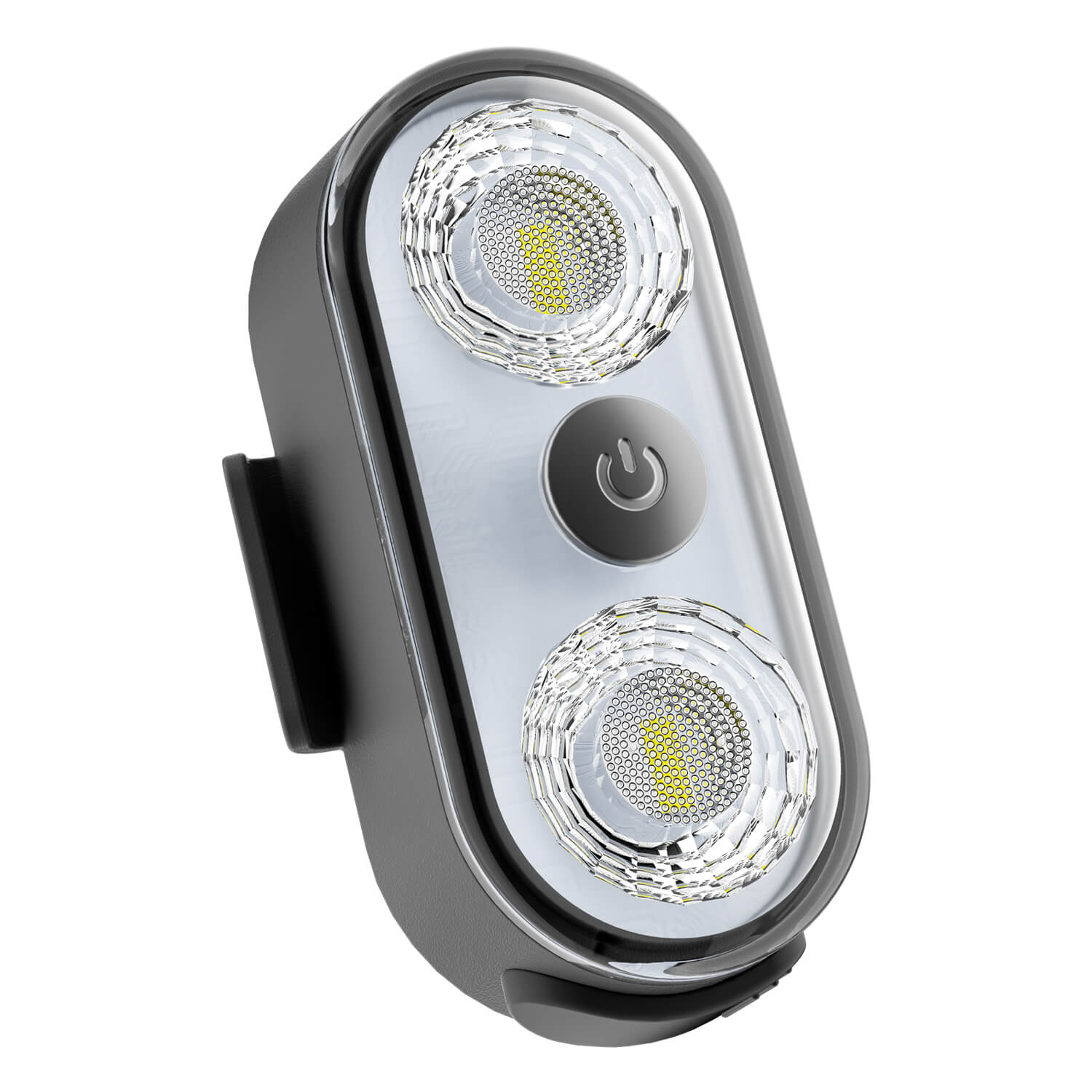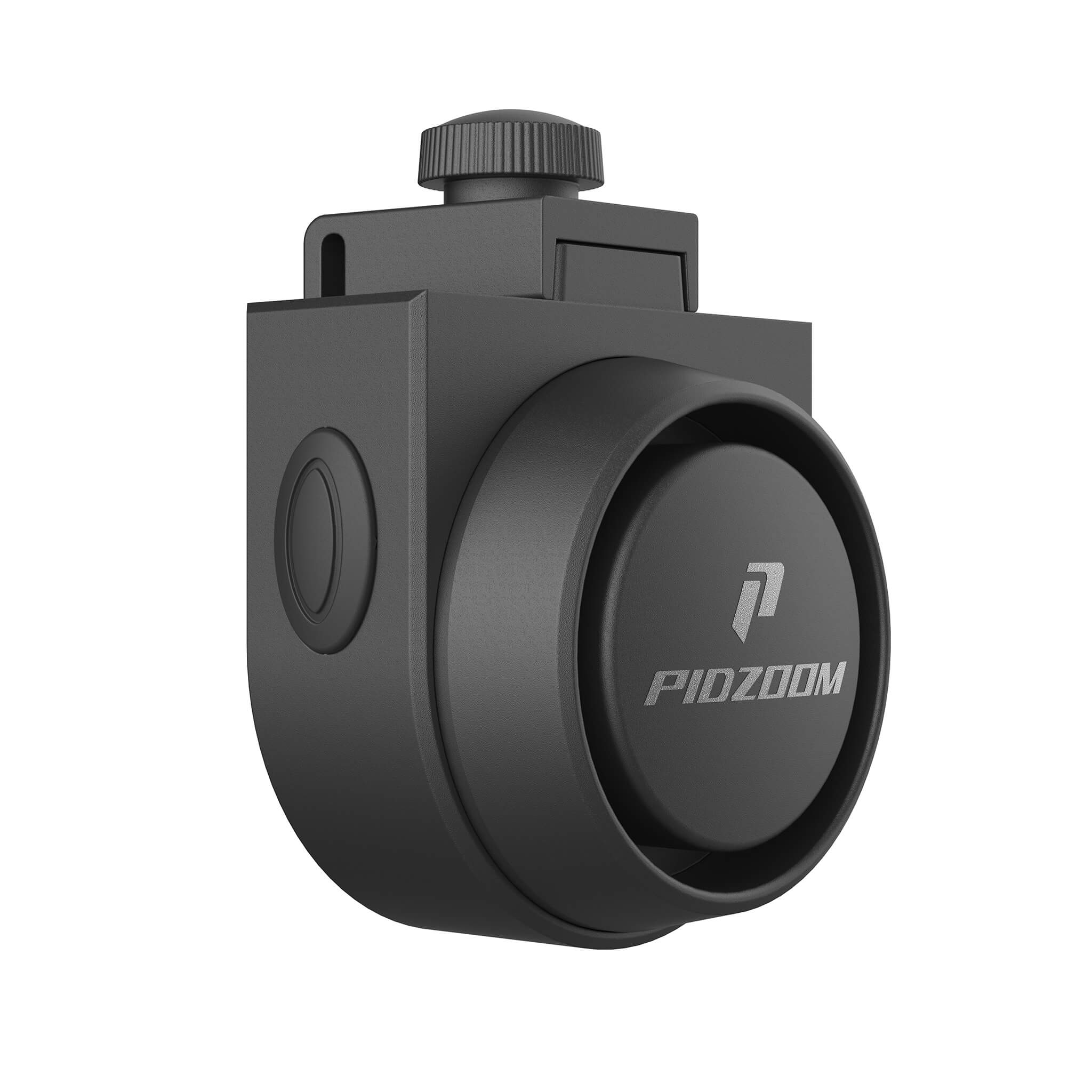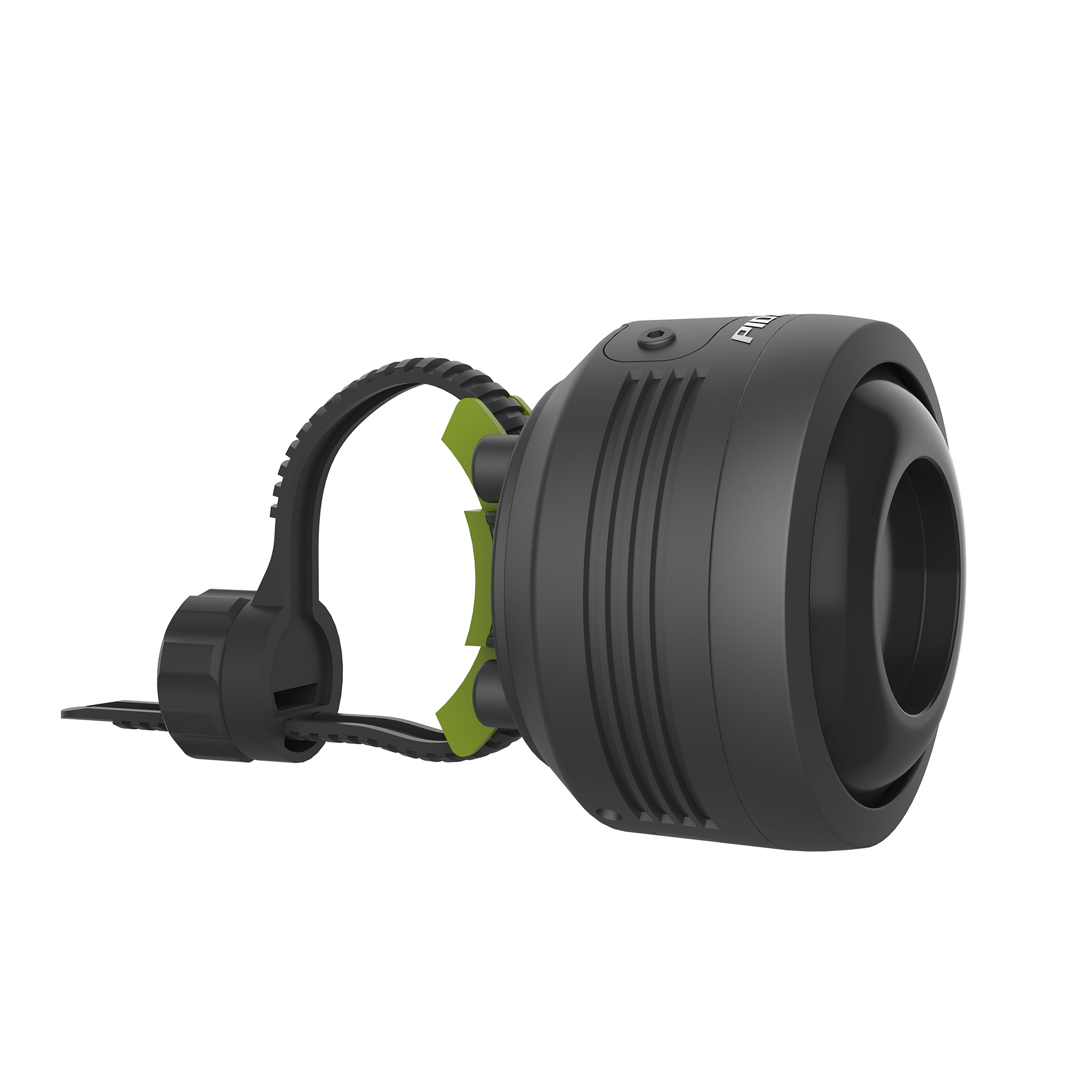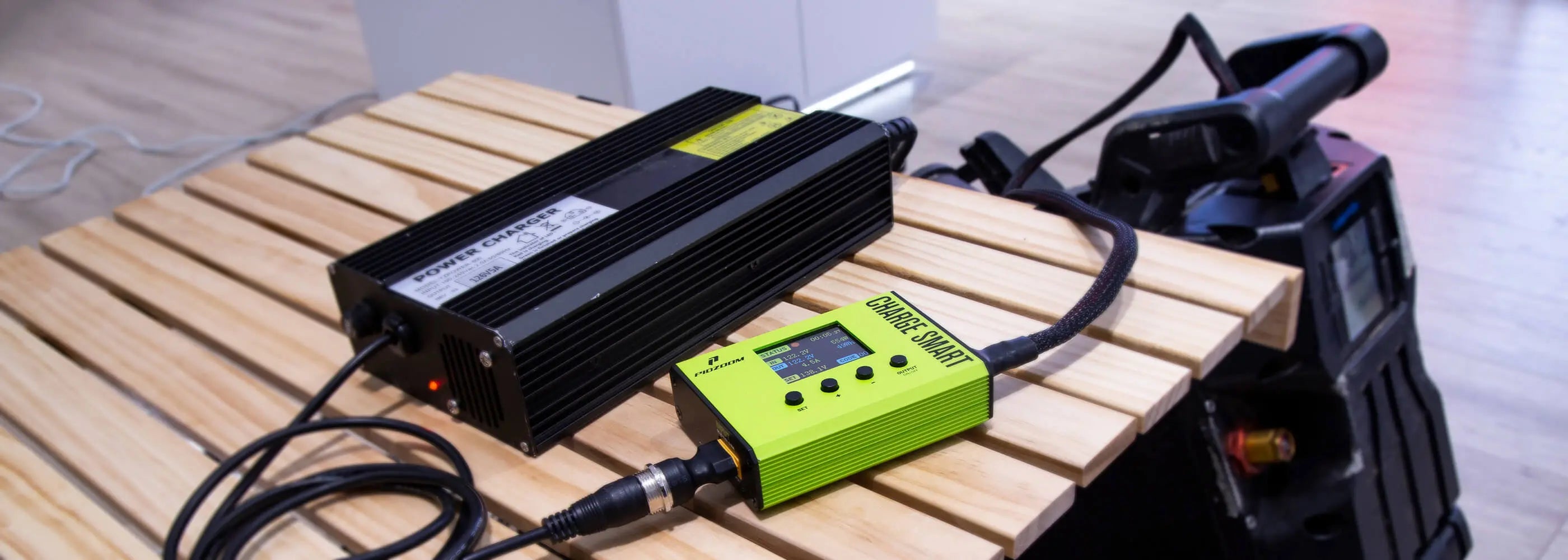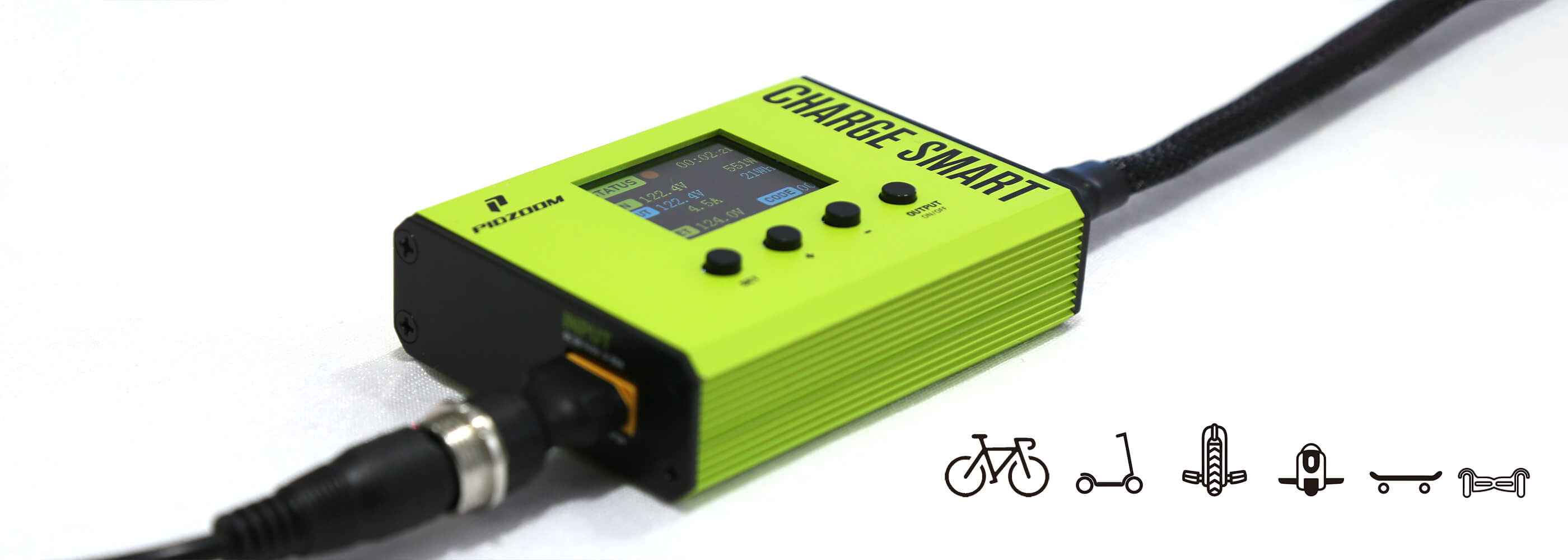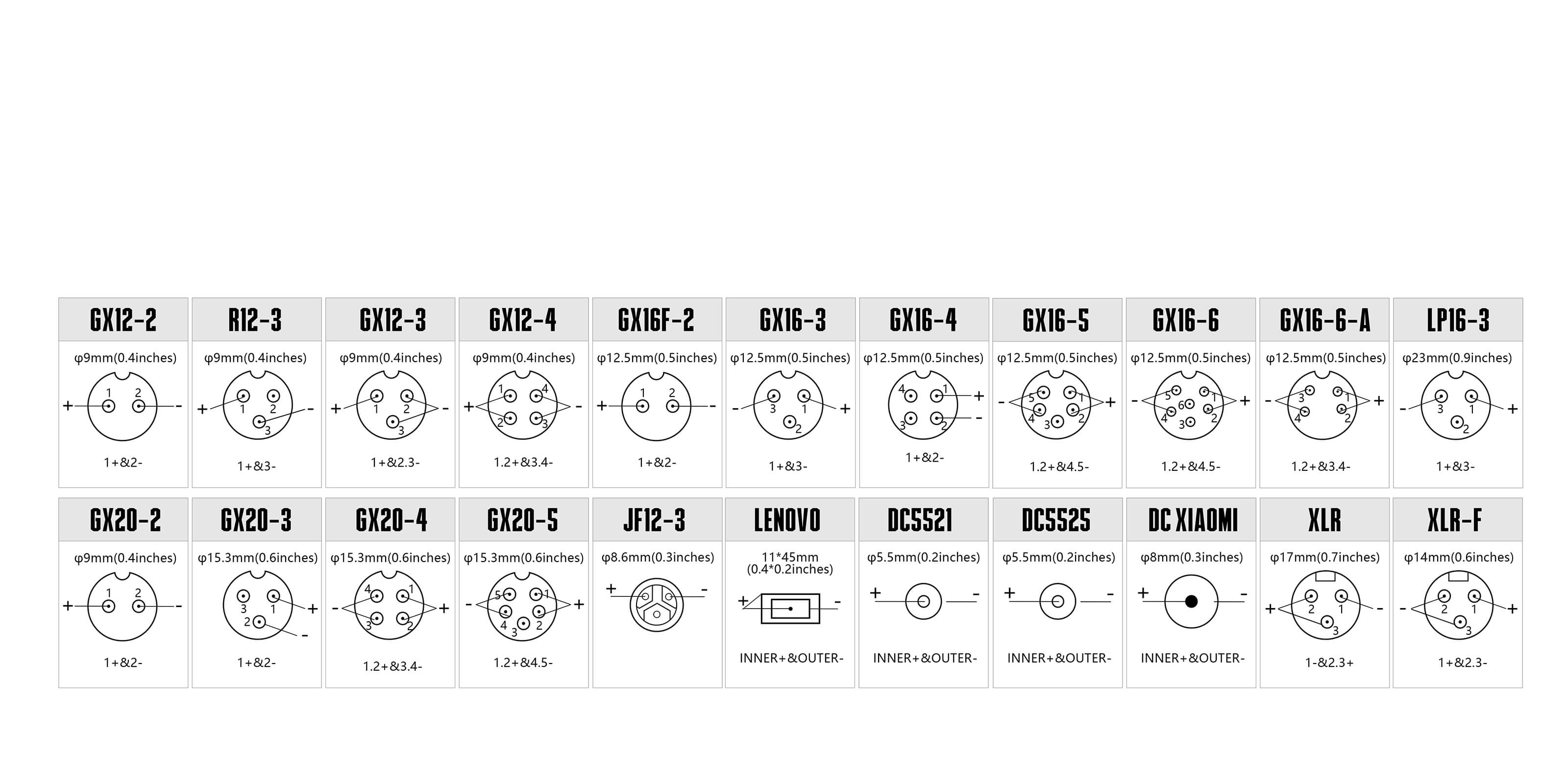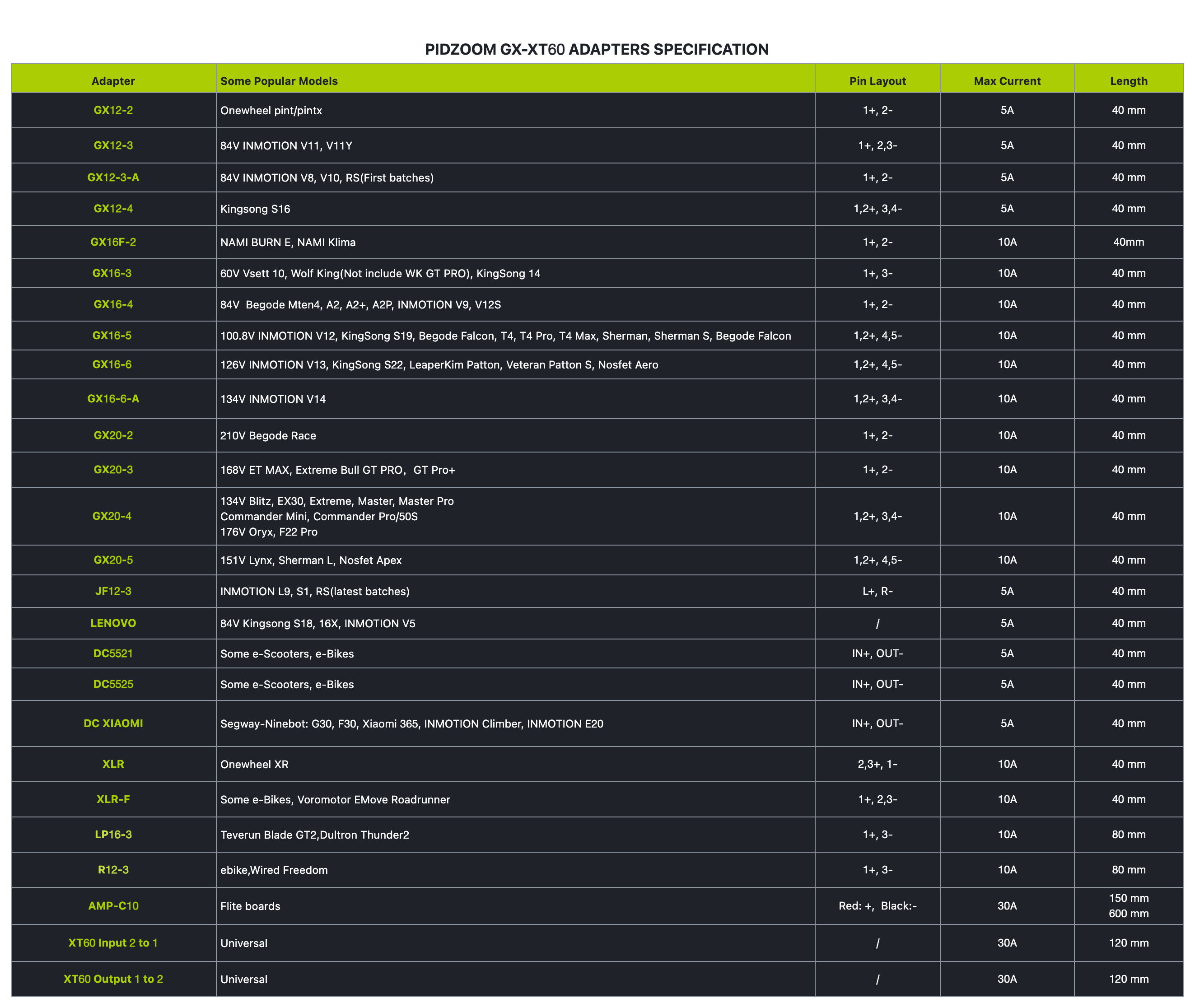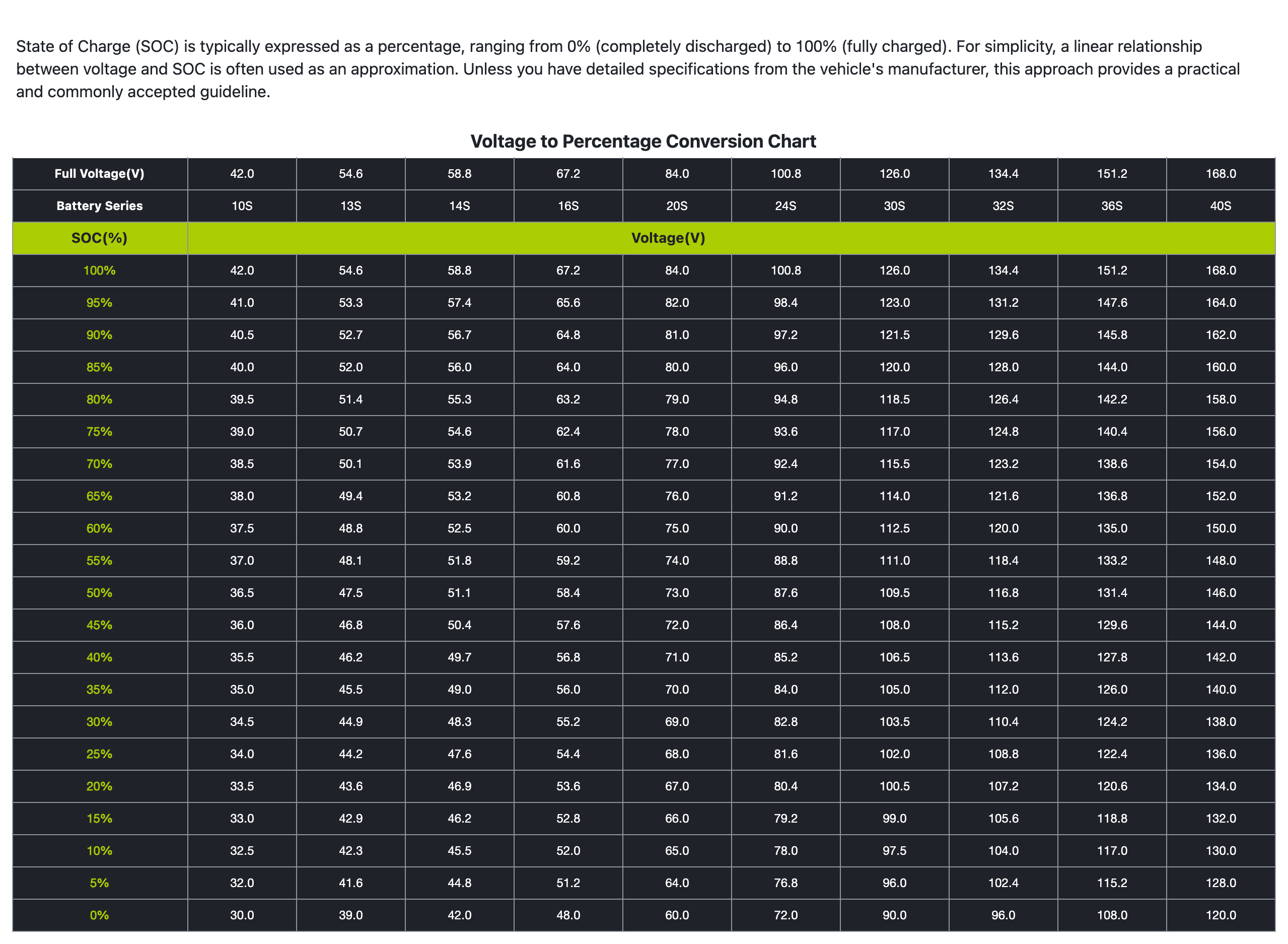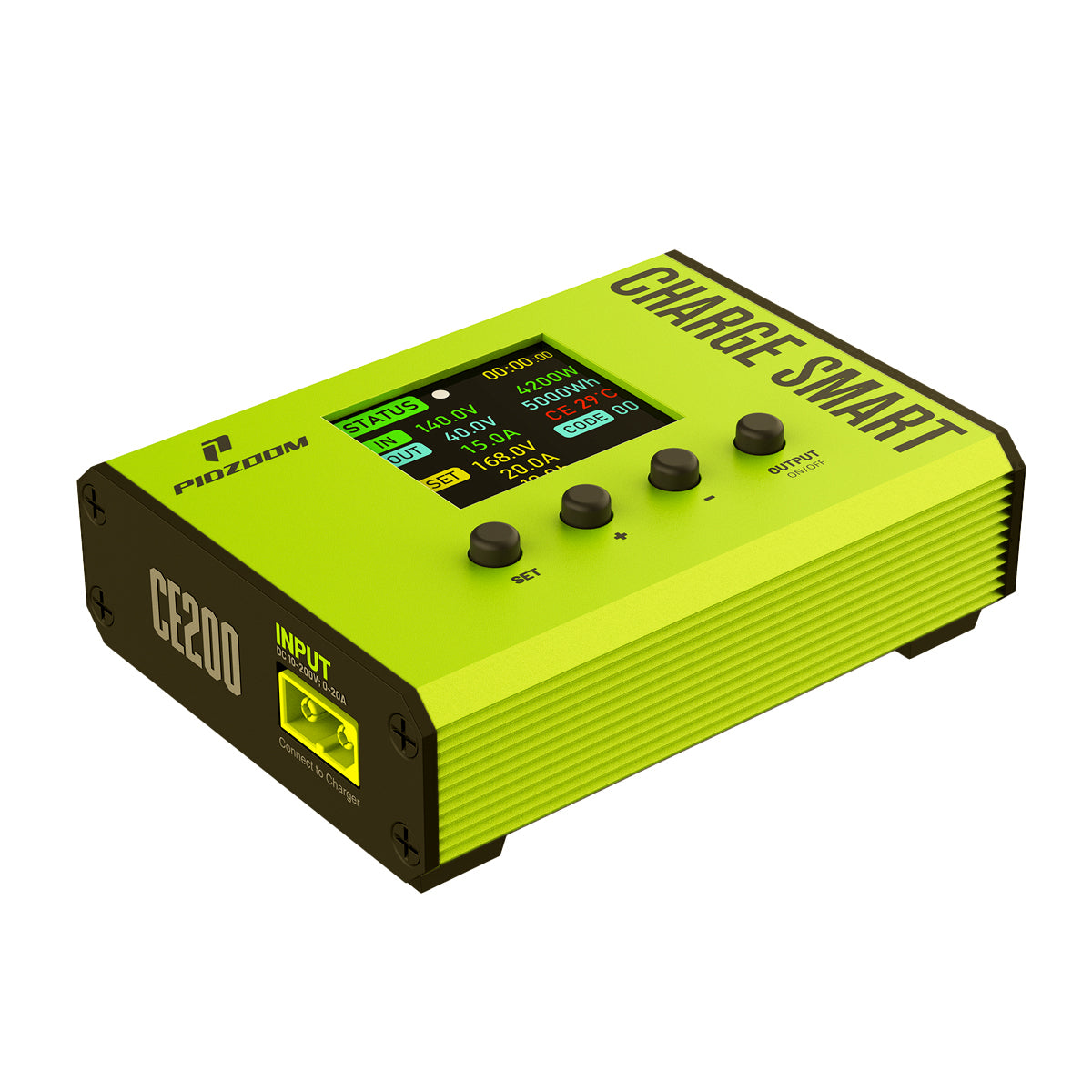
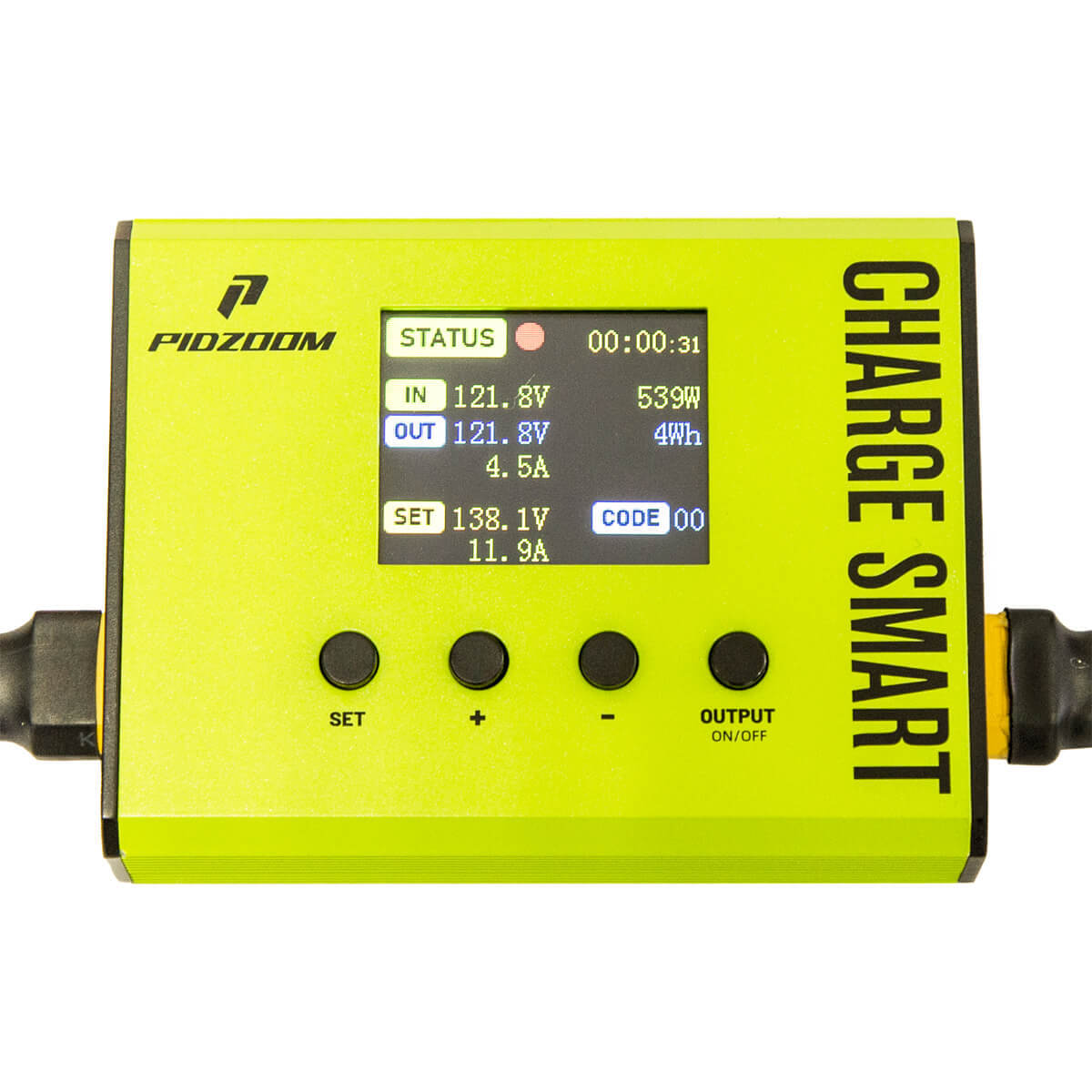
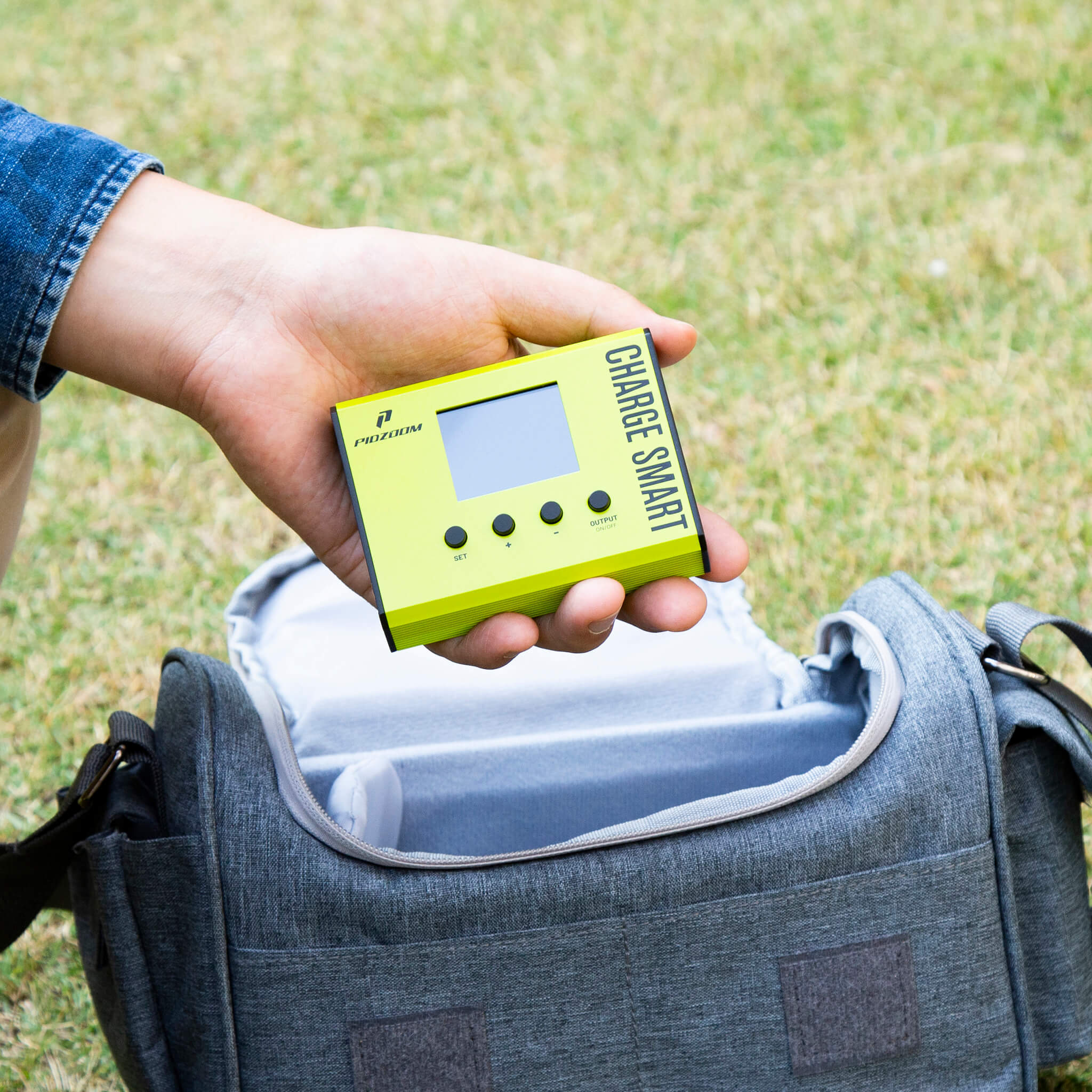
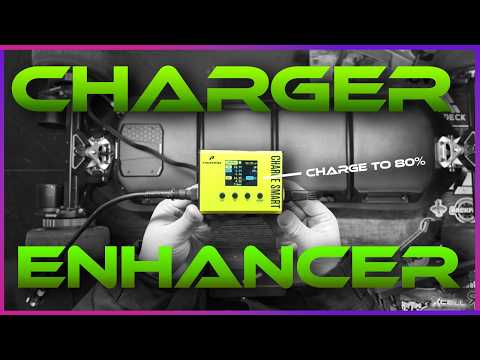
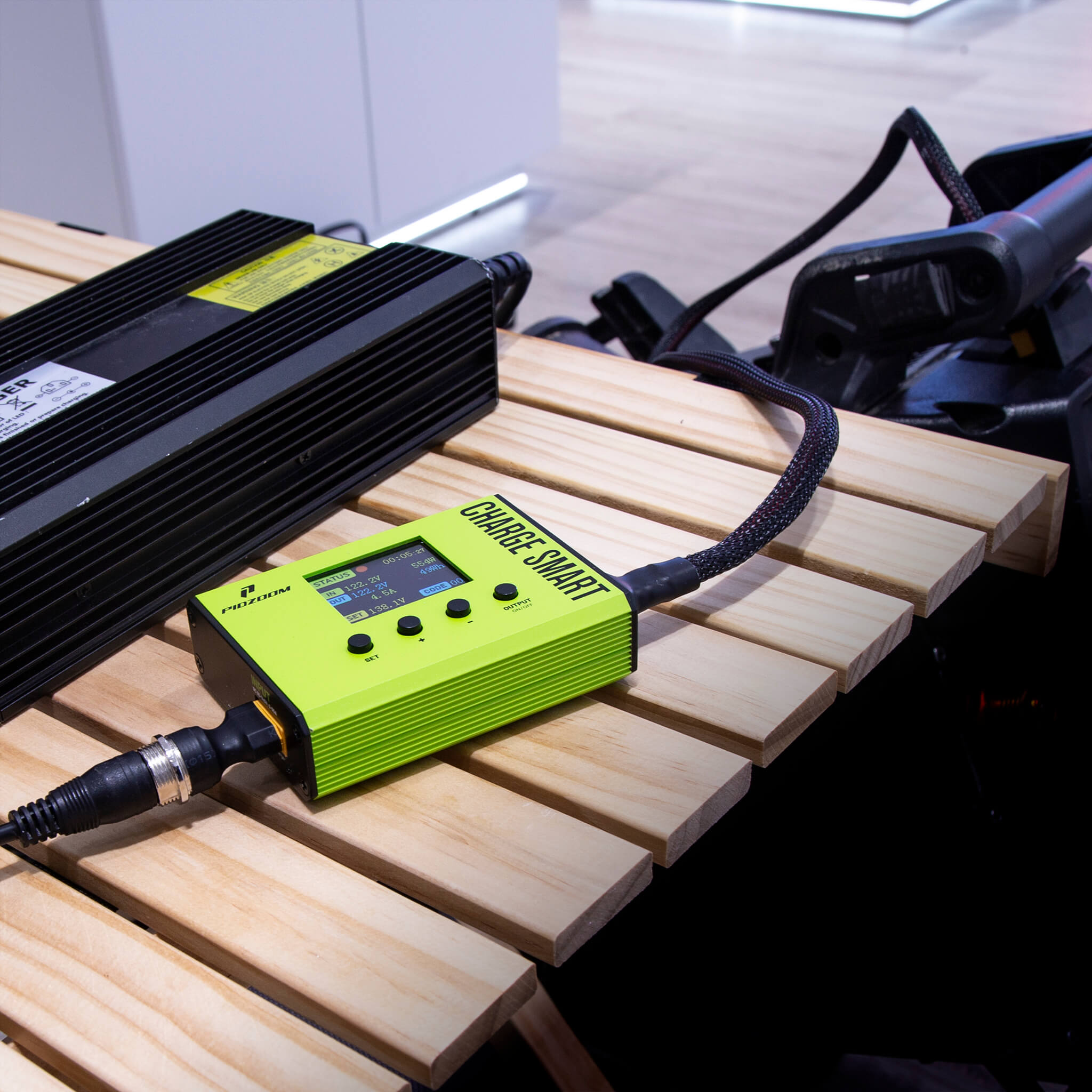
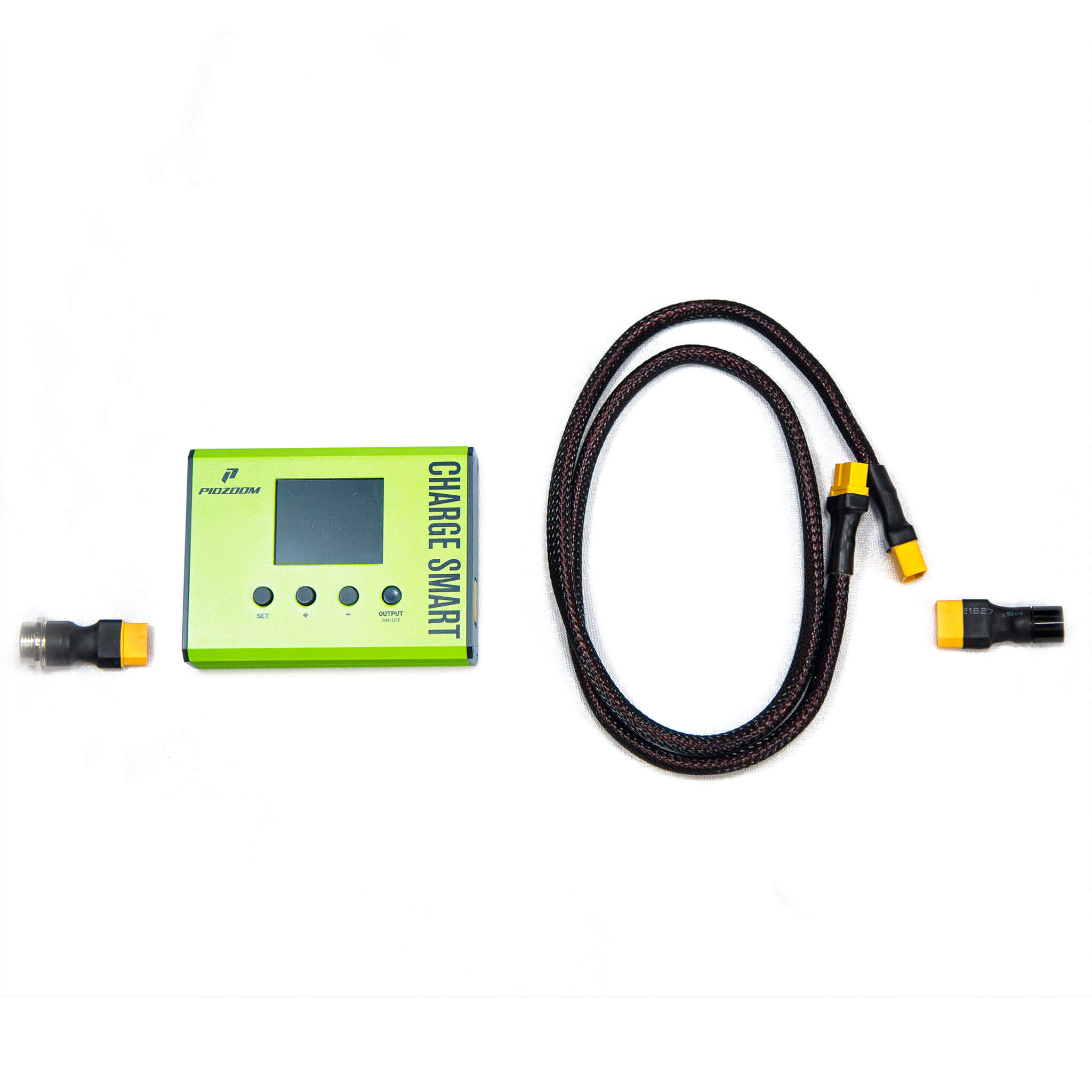
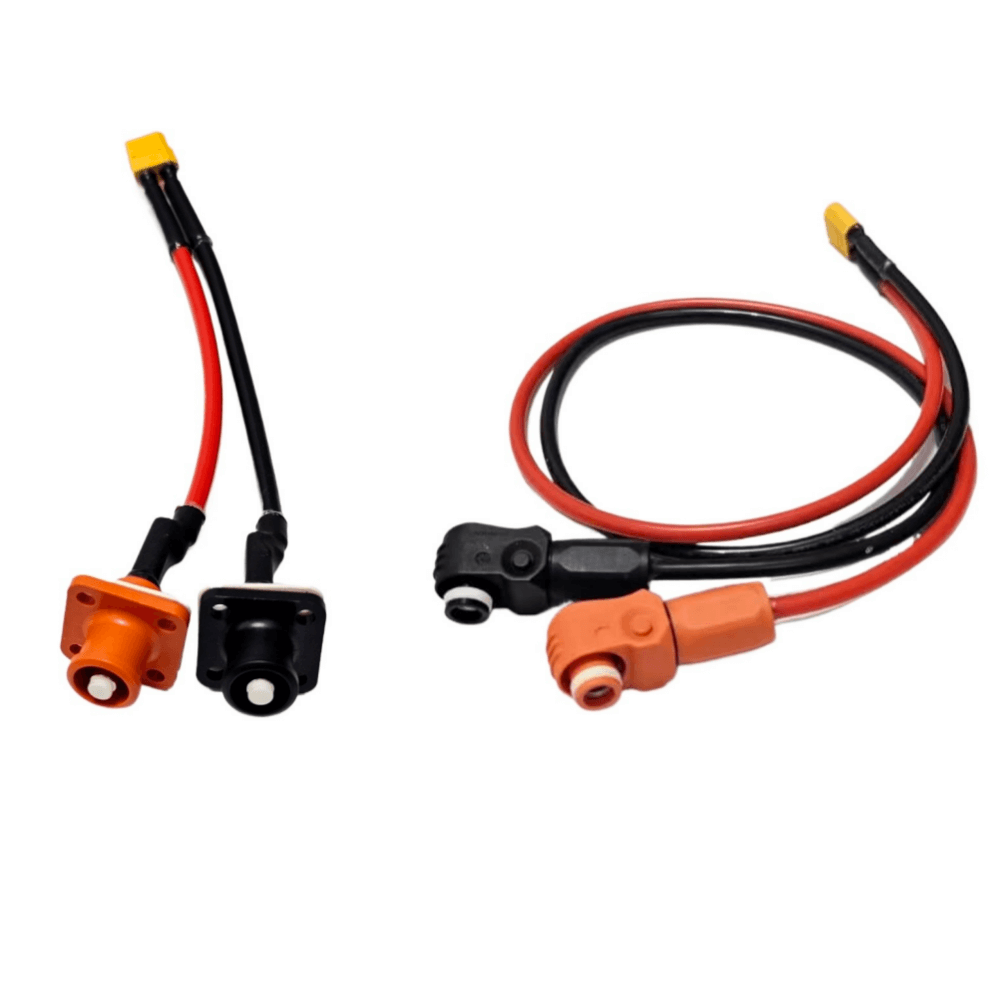
Charger Enhancer CE200
Our typical shipping time is 7-10 business days.

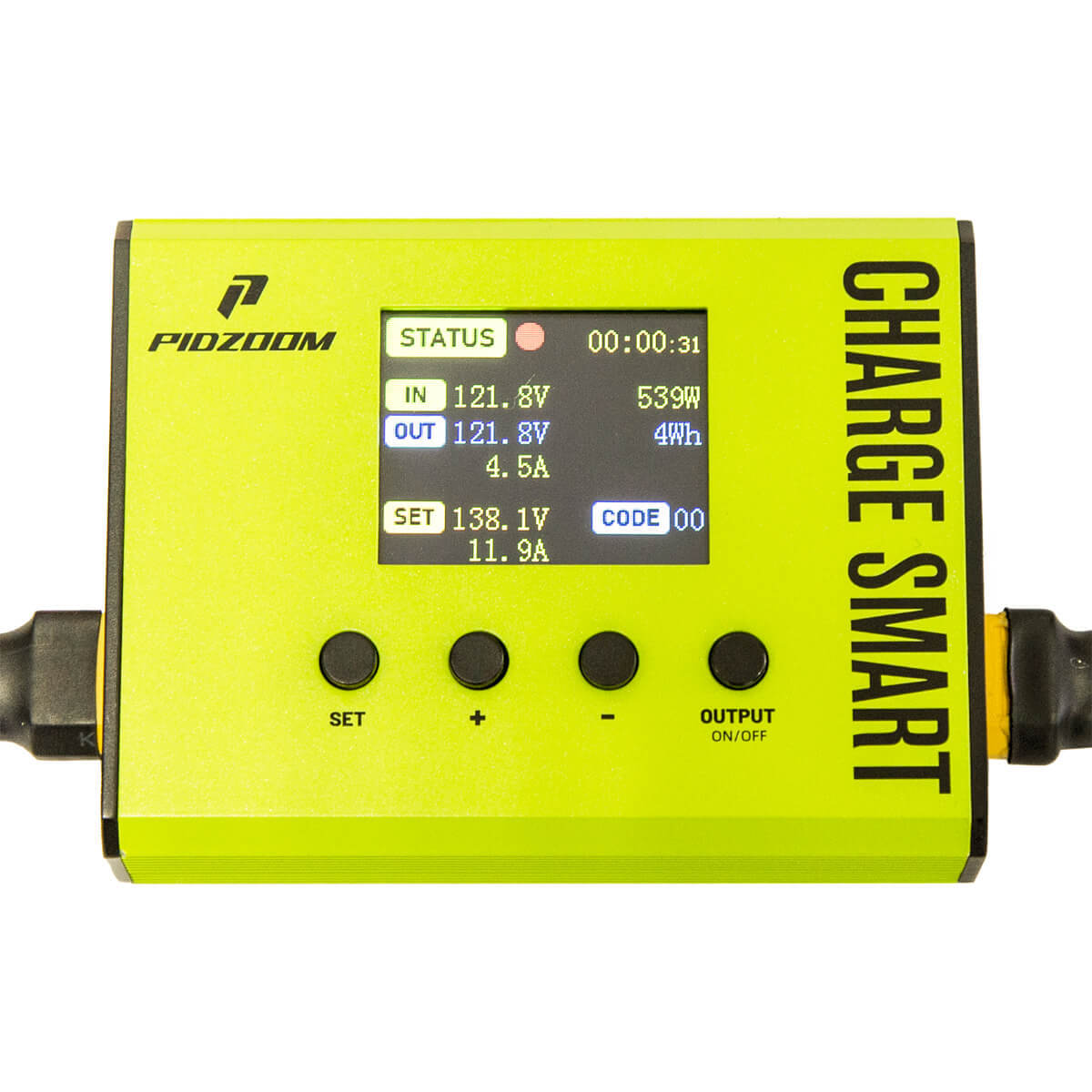
OPTIMIZING BATTERY MANAGEMENT
ENHANCED INFORMATION
Charger Enhancer provides crucial charging information, including voltage, current, power, time, and energy capacity.
We can measure the battery's effective capacity for future reference, assessing its natural decay over time or to determine when a battery replacement is necessary, or verify the battery's integrity after an impact or when observing a sudden decrease in mileage.
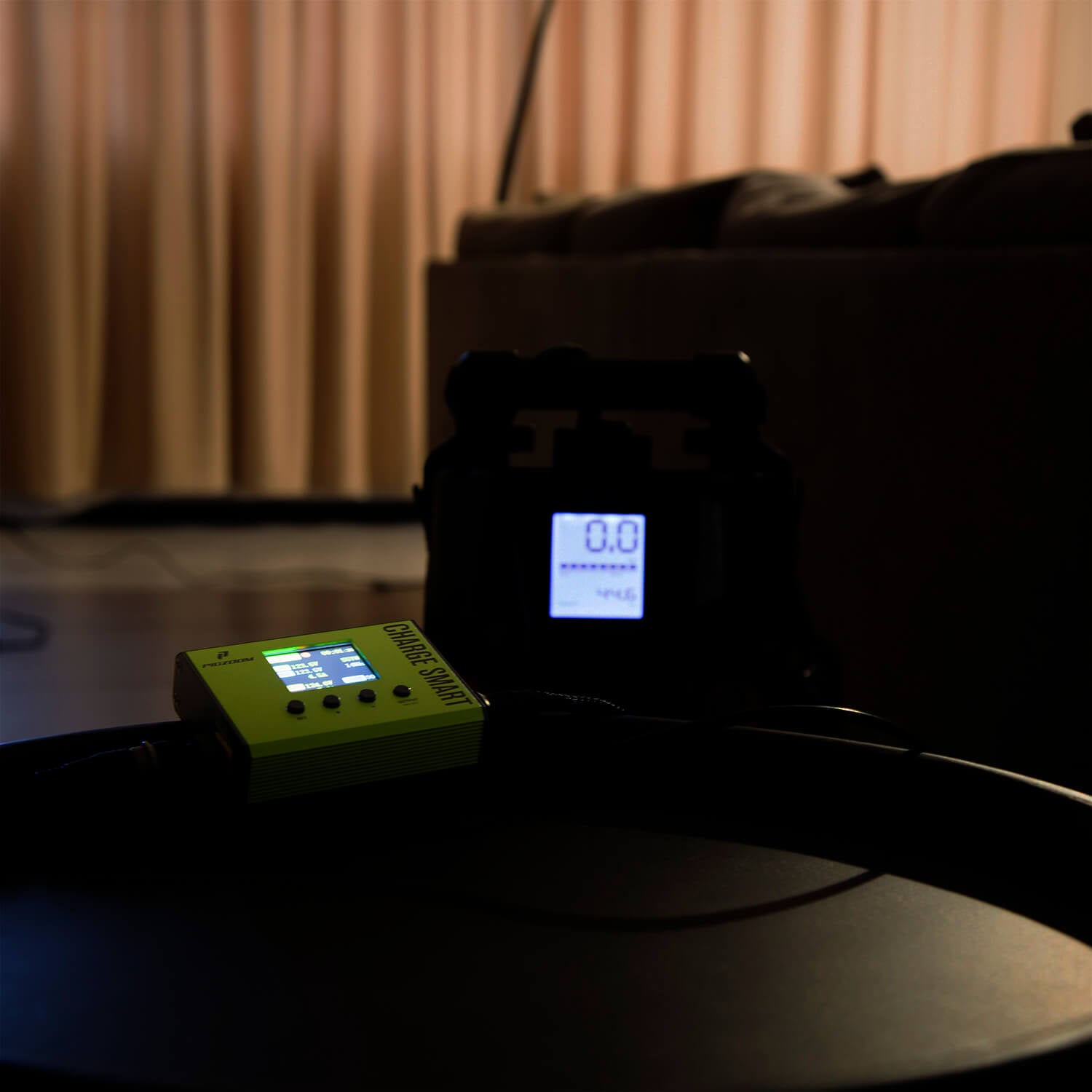
SAFEGUARDING PEACE OF MIND
ENHANCED SAFETY
With Charger Enhancer, constant supervision becomes unnecessary.
Regardless of your charger, CE200 proactively disconnects the power supply upon reaching a full charge or your preset partial charging level, preventing overcharging and saving energy.
Even in the event of charger failure, improper settings, or unexpected occurrences with the electric grid, CE200 acts as a one-time insurance, adding automated protection layers for your vehicle's health and your peace of mind.
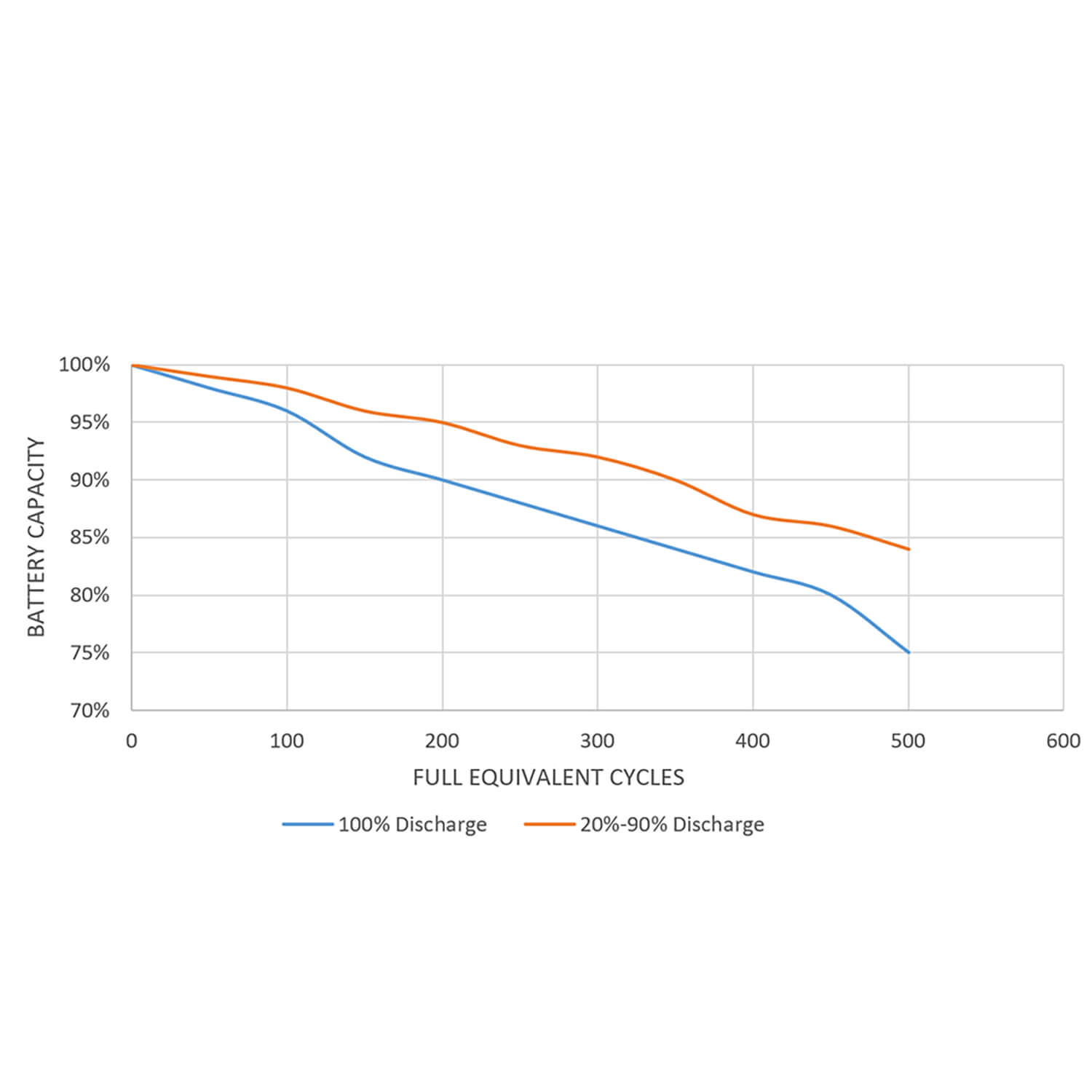
MASTERING BATTERY HEALTH
ENHANCED CONTROL
With CE200, you can customize the charging level and overcurrent protection limit according to your specific needs. Among other benefits, controlling the charging level with CE200 makes it easy to achieve battery levels for healthy long-term storage, facilitates the equalization of battery packs before replacement, and by partially charging while periodically balancing cells to prolong the lifespan of expensive lithium batteries.
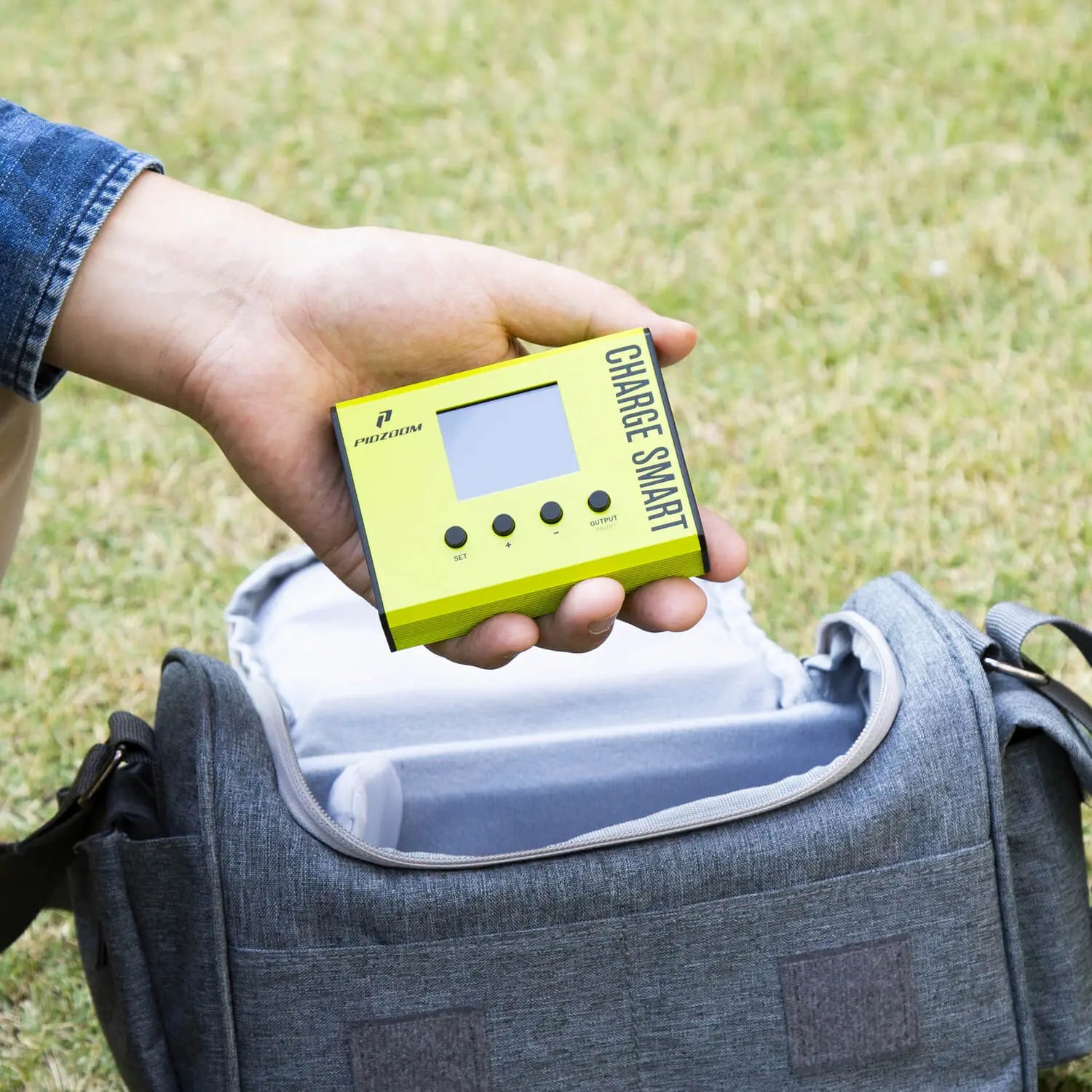
A MIGHTY POCKET COMPANION
ENHANCED COVENIENCE
Charger Enhancer seamlessly combines power and portability, featuring an impressive capacity able to support up to 20A of current.
Despite its remarkable capabilities, we've managed to encapsulate this powerhouse in a size that fits in the palm of your hand. CE200 can effortlessly slip into your backpack, be attached to your charger, or placed in any location of your choice.
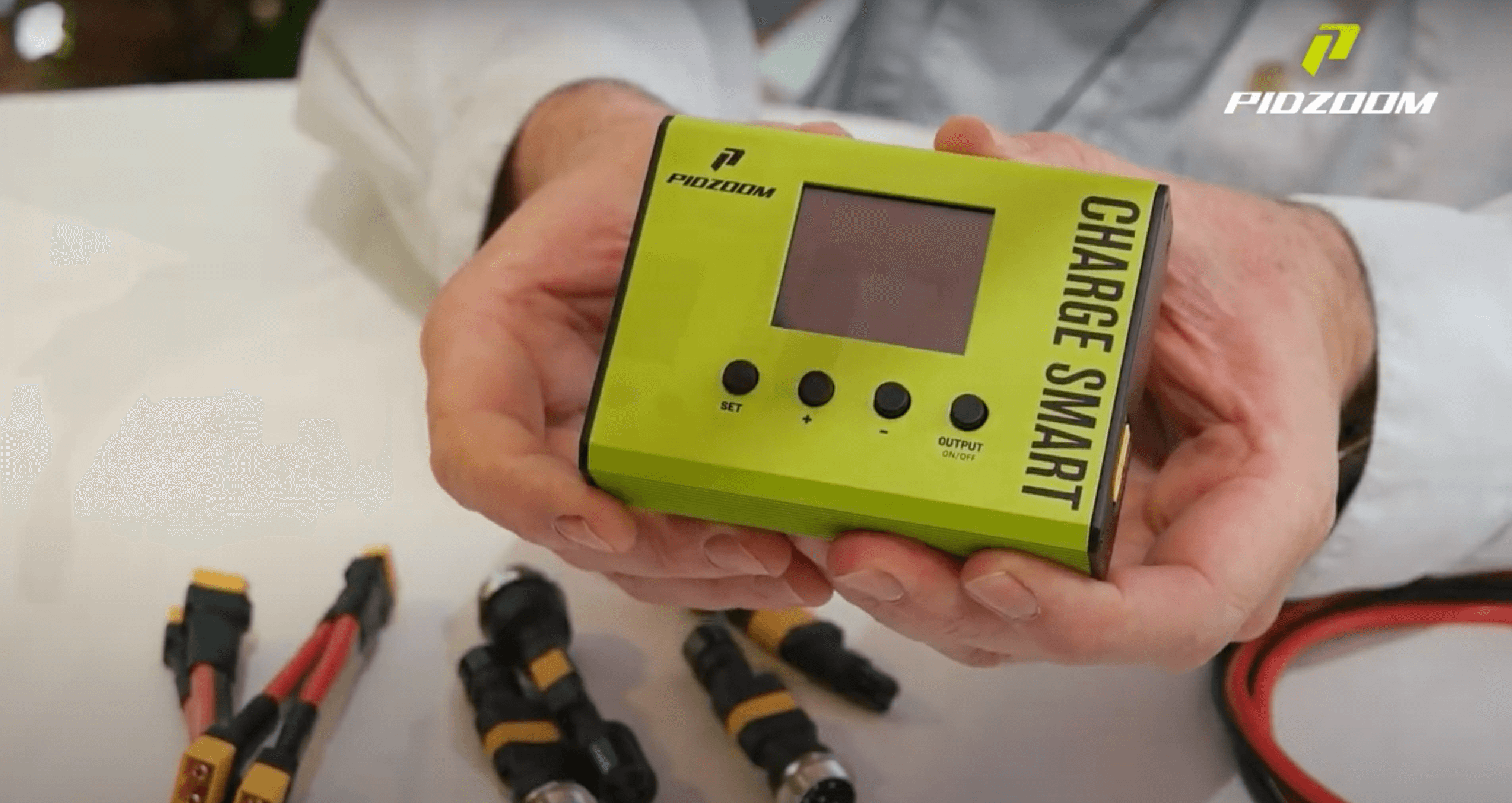
Pidzoom charger enhancer UNBOXING
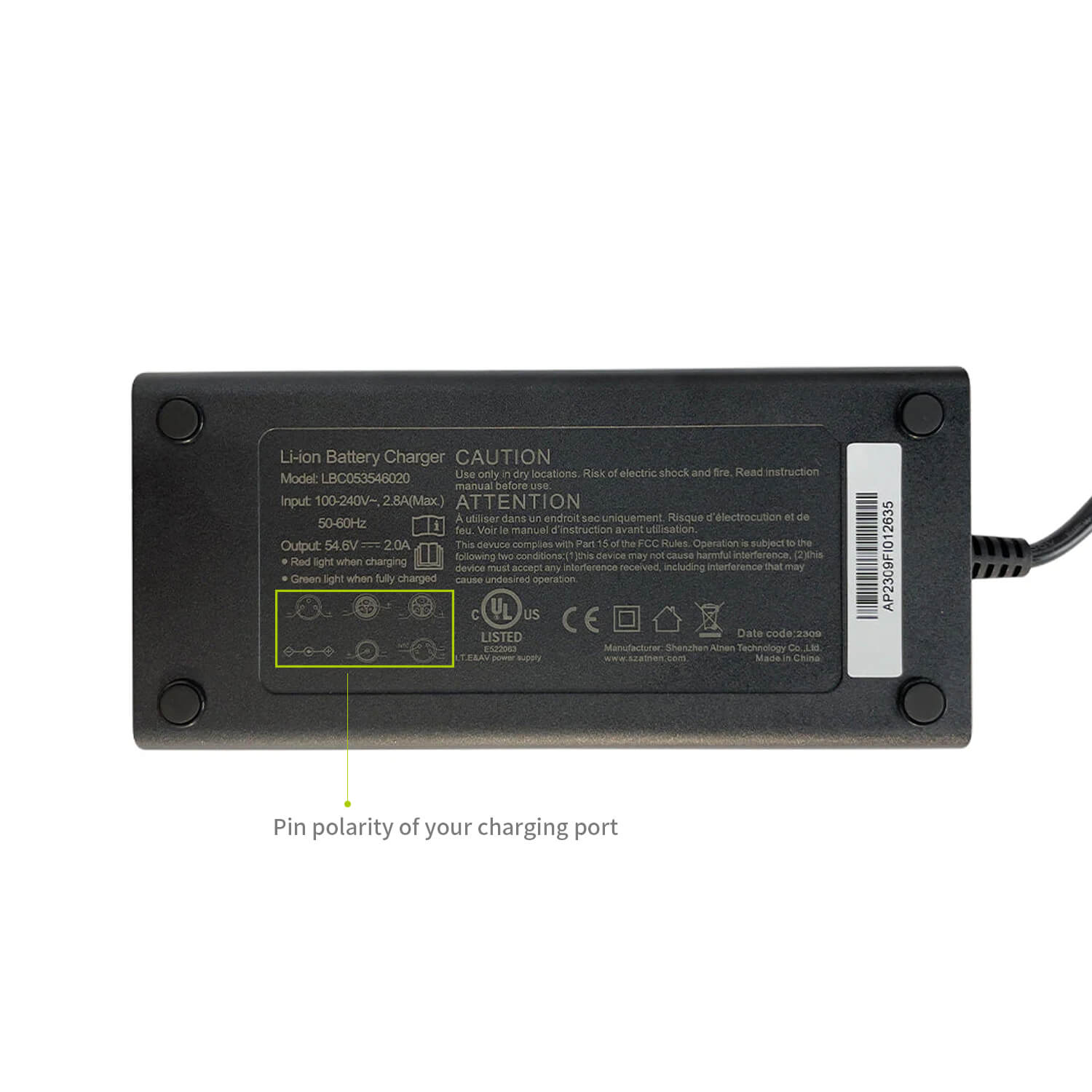
Selecting Adapters
- Why Use Adapters with Charger Enhancer/Fast Charger?
Each vehicle possesses distinct characteristics, necessitating adjustments. By utilizing suitable adapters, the Charger Enhancer/Fast Charger can seamlessly connect to the charging ports of various devices. - How Do I Choose the Right Adapter?
Identifying the suitable adapter involves recognizing the type of charger port in use. Typically, the charger itself displays a label illustrating the layout of its port. Once you ascertain your charger's port type, refer to the diagram below, displaying our adapter layouts, to select the appropriate one. - What's the Maximum Charging Current Supported by the Adapters?
The maximum charging current supported varies across adapters. Detailed specifications for each adapter are provided in the diagram below for your reference.
FAQ
Q1. Is it like a WIFI switch or a monitor?
While it may be tempting to draw analogies with 'similar' products or oversimplify descriptions, Charger Enhancer stands out as a distinct and innovative device. Among other, it combines features of an external switch with the information capabilities of a monitor. CE200 is positioned in the DC segment, requires no apps, external energy supply, internet access, or interaction with additional devices. It simply integrates with the charger and the vehicle. While some of its features may have counterparts in other devices, Charger Enhancer offers a unique comprehensive package of protection, customization, and information in a single product at its price range and convenient portable format.
Q2. Isn't CE200 overlapping with BMS purpose?
Not at all. CE200 and a BMS are different devices with distinct purposes and scopes. The Battery Management System (BMS) is an electronic system usually inside the lithium-ion battery that monitors and manages the energy entering and exiting the battery. Its functions have evolved, acquiring monitoring and optimization features. The several safeguards it provides are crucial for the battery's health but are limited within operative ranges. Damage at the BMS level can and does occur (e.g., power surges and charger failure), resulting in potential battery replacement costs.Charger Enhancer does not replace the BMS and its associated firmware roles. Instead, it is a complement. As it is positioned in the DC segment, Charger Enhancer involves the entire vehicle rather than just the battery and it adds additional features, including user-customizable overcurrent and overvoltage protection layers.
Q3. Do I need the additional protection features of CE200?
We recommend using Charger Enhancer every time the vehicle is charged. User feedback during the prototype testing phase indicates that after using CE200, it becomes challenging not to continue using it due to enhanced experience and its versatility.
Another reason to utilize CE200 regularly is its safety features. While modern vehicles have better built-in protection features, they are not limitless. They function within operative ranges, and events beyond these limits can override them. For instance, chargers are exposed to any instability in the energy grid for extended periods, and subject their electronics to high internal temperatures during the energy conversion process (AC to DC). Charger outputs are typically adjusted by small potentiometers (e.g., 3296W), with limited load life and operative ranges. As with all electronics, it's not a matter of 'if' but 'when' issues may arise. This could manifest as the charger reaching the end of its life, a factory calibration error, a 'fast charger' adjustment error by the user, or an unexpected event such as a development project, weather conditions, a car accident, or another incident affecting power supply magnitudes capable of overriding the built-in protections of the charger and the Battery Management System (BMS), potentially resulting in significant repair costs that CE200 helps prevent.
Q4. Is CE limited only to "old" vehicles or basic chargers?
Not at all. While advanced chargers offer information and customization tools, their size and weight limit portability, and production costs restrict access. The majority of the PEV market consists of small and mid-sized vehicles, and their chargers are likely to remain standard.When combined with advanced power units, Charger Enhancer introduces additional safety features, helping prevent the vehicle from being exposed to incorrect charger settings, for example.Personal electric vehicles are evolving, and at PIDZOOM, we are adapting our products for universal compatibility, including voltage range.
Q5. Isn’t "partial charging" dangerous for batteries?
As with every procedure, there is a proper method. Partial charging is a well-documented strategy to extend battery life significantly by avoiding frequent exposure to the final charging phase, where most of the cell detriment occurs. However, this is a necessary step to prevent the risks of extreme cell imbalance. 'Passive Balance' is a standard feature of the Battery Management System (BMS), using bleeding resistors to drain excessive energy from charged cells within a limited range while 'slower to charge' cells are still charging due to differences in internal resistance. A common oversimplification states that Passive Balance occurs only at the end of the charging process (4.2V/cell) and partial charge prevents equalizing the voltage at the cell level, exposing the battery to premature failure. While some BMS start their balancing feature at this stage, others begin as soon as 3.6V/cell (50%) or present a difference of 30mV, balancing everything even before the charger starts its Constant Voltage phase of charging. There is no standardized approach in the PEV industry. Therefore, to get the benefits of partial charging while ensuring proper voltage balancing, it is as simple as periodically letting the battery get fully charged (<20:1).Extreme cell imbalance is an easily preventable situation, and it addresses just one of several conditions with the potential of causing premature battery failure. We expose our vehicles to a hostile environment, including physical impacts affecting the grid of solder points and inducing cell structure microfractures, resulting in damage often wrongly attributed to insufficient cell balancing. Partial charging also helps equalizing packs prior installation and reaching healthy levels for long term storage.We recommend using CE200 to periodically check the charger's output values as well as the effective battery capacity to assess anomalies. Also, apply the lowest possible current when performing voltage balance, especially for aged batteries.
Q6. Is there a specific sequence for connecting the wires?
Yes, for optimal safety and performance, follow this sequence: First, connect the CE output to your battery using the appropriate adapter. Next, connect your charger port to the CE input. Finally, plug the charger into a power outlet.
USER MANUAL
COMPARE & PICK
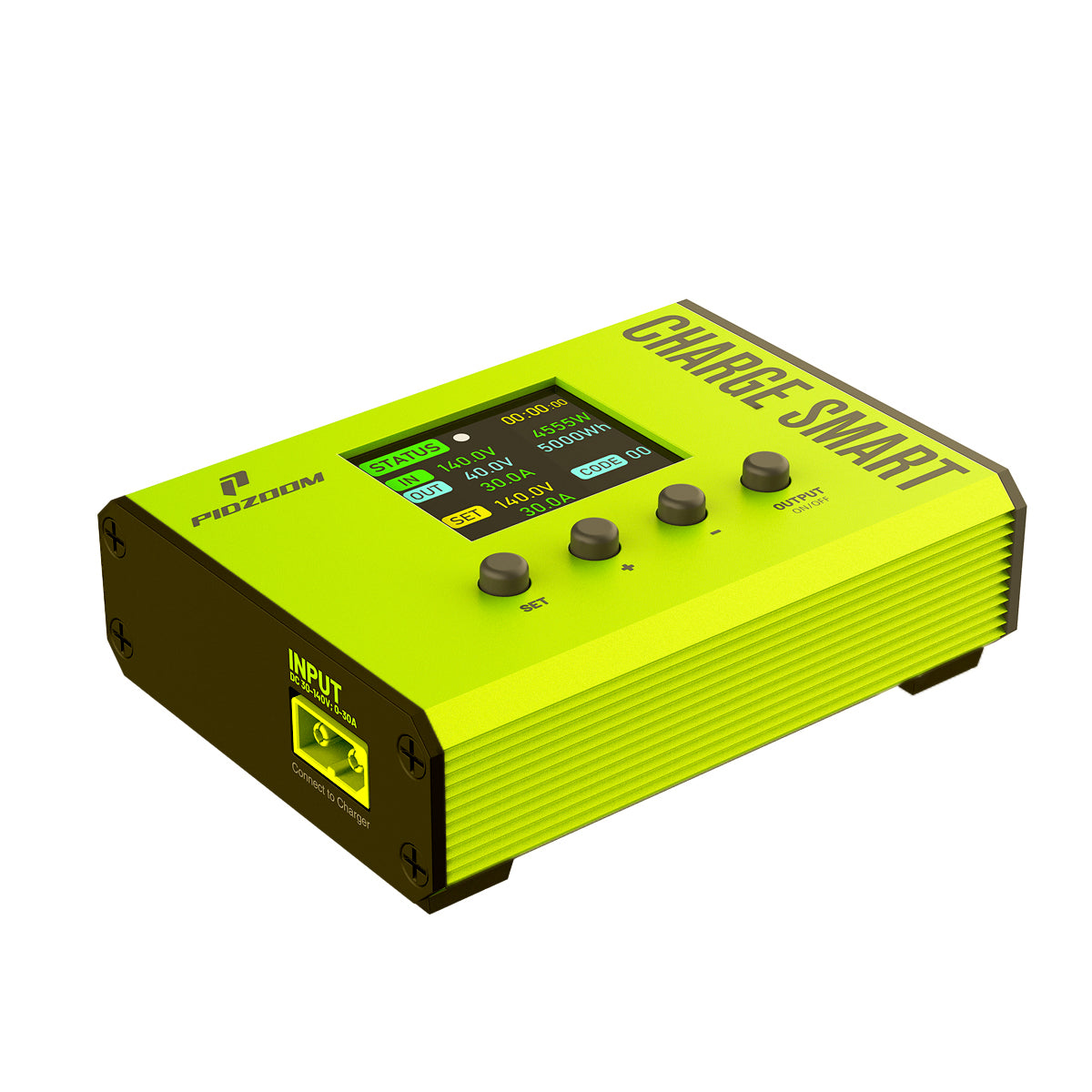



DC 30-140V
DC 10-200V
DC 0-30A
DC 0-20A
95x72x26 mm
(3.7×2.8×1 inches)
95x72x26 mm
(3.7×2.8×1 inches)
175g (6.2 oz)
175g (6.2 oz)
✔️
✔️
✔️
✔️
✘
✔️

